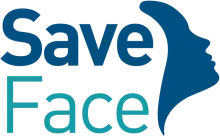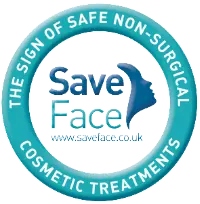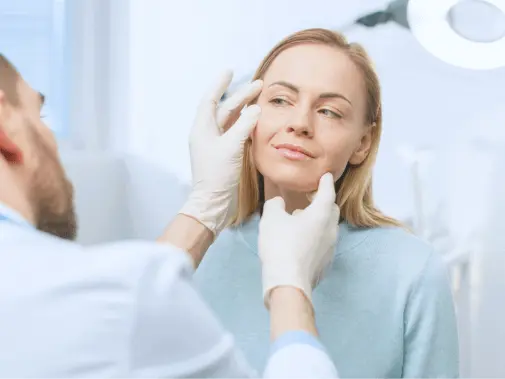Overview
Laser hair removal is one of the most popular aesthetic treatments for both men and women. Laser hair removal can achieve dramatic results to obtain permanent removal or substantial reduction in hair after a course of treatment. Whether you’re male or female, young or old, particularly hirsute or just fed up with never-ending grooming, excess body hair can be extremely challenging.
Whilst there are lots of options available to remove this unwanted body hair, many of these methods can be time consuming, painful and expensive. Even though physically removing excess hair by plucking, waxing or shaving can be effective, each has considerable drawbacks. Their lack of permanence is their main issue, and it’s this that’s led those suffering with unwanted body hair to turn to laser hair removal.






